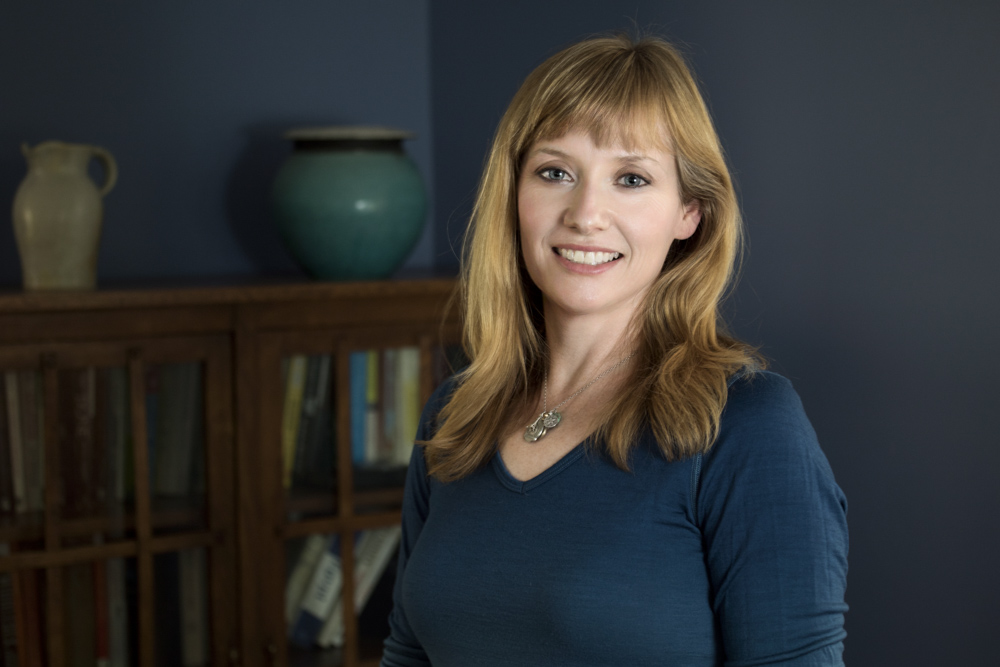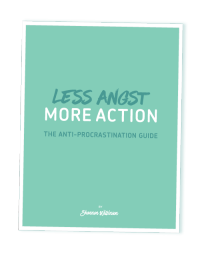This post was originally published four years ago. It was an event and a feeling I haven’t forgotten, although sometimes, day-to-day, I could use a little reminder.
I thought maybe you could too.
* * *
In the summer of 2007 I climbed my first mountain. It was Mt. Saint Helen’s our local active volcano. When I wrote about that climb, I wasn’t ready to admit I was hooked, but I was. There was something so elemental about standing on top of that mountain. It’s hard to describe that feeling of awe. I just knew I wanted to experience it again.
So, last year I took the Basic Climbing Education Program through The Mazamas, a local mountaineering organization. I climbed Mt. Adams and Middle Sister, both awesome experiences. But the one summit I really wanted to reach was Mt. Hood.
When you live in the Portland area, Mt. Hood, takes on this iconic role. The weather is gauged on whether or not you can see the mountain, you take visitors there, photos of downtown Portland with Mt. Hood as the backdrop are ubiquitous.
A climb of Mt. Hood last year was abandoned because of the high avalanche danger. I continued training. Conditions looked good this past weekend, so we tried it again. I really wanted to stand on that summit and experience the awe again.
When my friends and I arrived at Timberline at 3:30am, conditions looked great. It was cold about 12 degrees, but skies were clear, the wind was calm. We started up the mountain around 4am. Things were going just fine, until we ran into fellow Mazamas climbers at about 8000 feet. They were headed back down. The wind was really picking up at higher elevations, and it was getting icier.
We kept on going. We wanted to get up past Crater Rock and make the call whether or not we’d continue or head back down. The sunrise was stunning. Orange highlighted the Cascade Range. We could even see the tip of Mt. Shasta in Northern California.
Just as we were coming around the right side of Crater Rock, nearing Devil’s Kitchen (where steam and sulphur escape fumaroles and you’re reminded that this really is a volcano), we came upon two climbers. One was on his phone, the other looking at us oddly. Turns out he had just fallen and dislocated his shoulder, his friend was calling 911.
The injured climber was shivering uncontrollably, starting to show the classic signs of hypothermia. We dropped our packs and started to help. We got him on an insulated pad, and gave him handwarmers. A member of our team wisely had taken the Mazamas First Aid Course. He stabilized his arm and shoulder with bandages, and a zipped up down coat. We got some hot tea, Advil, and Gu (a sugar and electrolyte paste) into him.
Help wasn’t going to be able to reach us for awhile. Since his legs, back and neck were unhurt, we decided to get him down to the top of the Palmer lift the highest point a SnoCat can climb. I wasn’t going to get the thrill of standing on the Mt. Hood summit this time.
One of my friends had the climber put his good arm around his neck, and holding him securely around the waist, they started on their way down. Because of the steepness and ice, they had to do a slow, sideways dance, zig-zagging back and forth down the mountain. The rest of us packed up the pair’s belongings and added the gear to our loads. Another climber showed up to help, after hearing about the incident on his radio.
We made our way slowly down, stopping to let the climber rest, sip some water, eat another Gu when he needed to. About 30 minutes into the trip down, it hit me. I thought I’d have to reach the summit to get that indescribable feeling of awe again. But instead I found it on the side of the mountain on the way down, watching strangers help each other.
Note: Since I originally wrote this, I’ve reached the summit of Mt. Hood four times. And I hope to be up there many more!


Leave a Reply